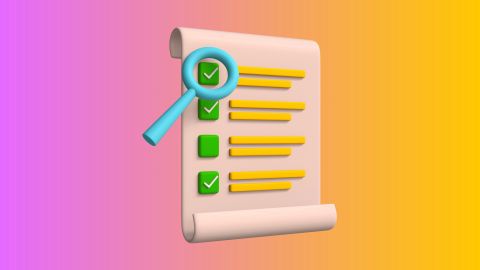Inventory management is an extremely crucial part of doing business. There’s more to it than just counting the number of products in the warehouse and minimising losses due to wastage or damage. Every successful business has a well-organized and flexible inventory management system that can be customised to suit their requirements at any given point in time.
The obvious benefit of a well-managed inventory is cost saving, along with numerous other benefits. Let us now find out the various techniques that can be used in the management of inventory.
Inventory Management Techniques
1. Set Minimum Requirements
It is imperative for any business to set a minimum threshold for all their products in the inventory. This limit is referred to as the ‘par level’. Whenever a particular product falls below this level, it is an indication that more has to be ordered.
It is not easy to set a par level, as identifying that level entails a lot of research and inclusion of factors such as the type of product, demand for the product and the time taken for resupply. But once the technicalities are figured out, a par level can help bring a system in place and also avoid excess inventory.
Setting a par level has also helped in delegating responsibility. It helps a store supervisor know that a certain product needs to be procured when it falls below a given level. These levels need to be reviewed a few times annually to check if they are meeting the business requirements while not causing a shortfall in working capital.
Additional Read: How to convert slow-moving and excess inventory into cash
2. Older Stock First
This is one of the most important rules in the inventory management sphere. Also known as FIFO (First-In, First-Out), this principle is at the foundation of every good warehouse management strategy. It means that the oldest stock gets sold first and not the new arrivals. This principle is especially crucial for businessmen who deal in perishable goods.
FIFO ensures that the older ones are sold first and newer ones, which have a comparably longer shelf life, stay for a bit longer.
3. Sort by ABC
There are many different types of products in any given inventory, and they demand attention that is unique to each of them. Hence, it becomes necessary to sort them in an organised manner. This is where ABC analysis comes to the rescue.
‘A’ category is given to those products that are of high value, but with low frequency of sales. ‘B’ is allocated to those which are classified as ‘moderate’, both in terms of sales and price. ‘C’ category is occupied by products that are low in value but have a high sales frequency; these are also known as ‘running items’.
ABC analysis is an innovative inventory management technique which helps in the quick location of the required product. They are all classified according to categories and have been placed accordingly. For instance, C category goods may be stored near the shipping and receiving area, as they are frequently in demand and are required more often.
Knowing where to look for a particular product and ease of access is a valued aspect of inventory management, as it saves time. And, time is money.
The value of an inventory management technique depends on how flexible it is to match itself with the business objectives. An effective inventory management technique needs to be complemented with a scalable model of business finance.
DISCLAIMER:
While care is taken to update the information, products, and services included in or available on our website and related platforms/websites, there may be inadvertent inaccuracies or typographical errors or delays in updating the information. The material contained in this site, and on associated web pages, is for reference and general information purpose and the details mentioned in the respective product/service document shall prevail in case of any inconsistency. Subscribers and users should seek professional advice before acting on the basis of the information contained herein. Please take an informed decision with respect to any product or service after going through the relevant product/service document and applicable terms and conditions. In case any inconsistencies observed, please click on reach us.
*Terms and conditions apply








